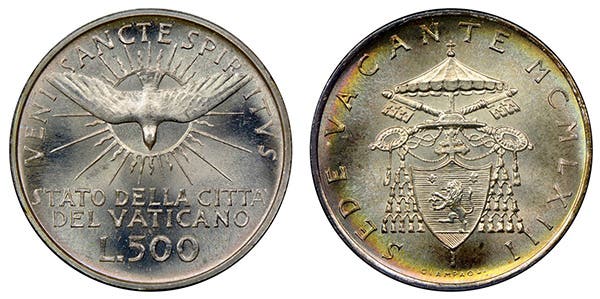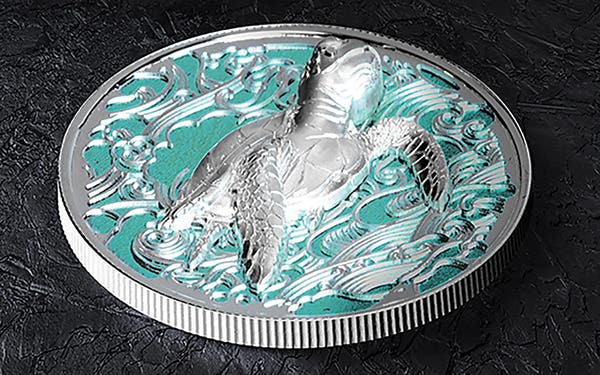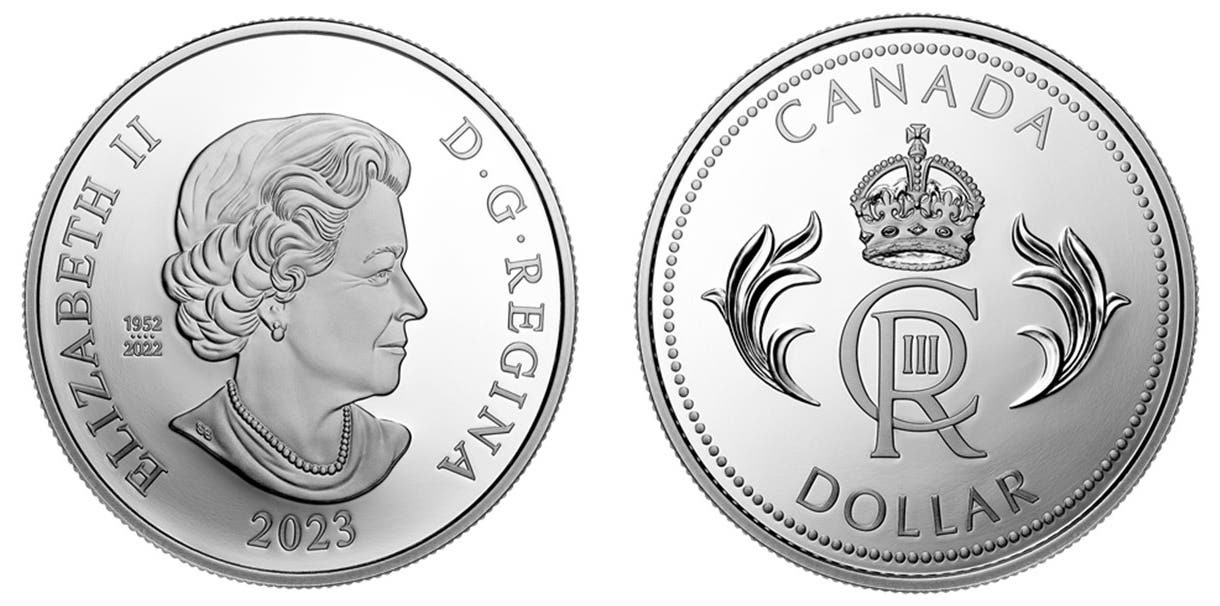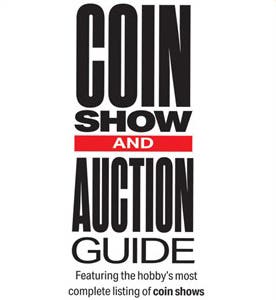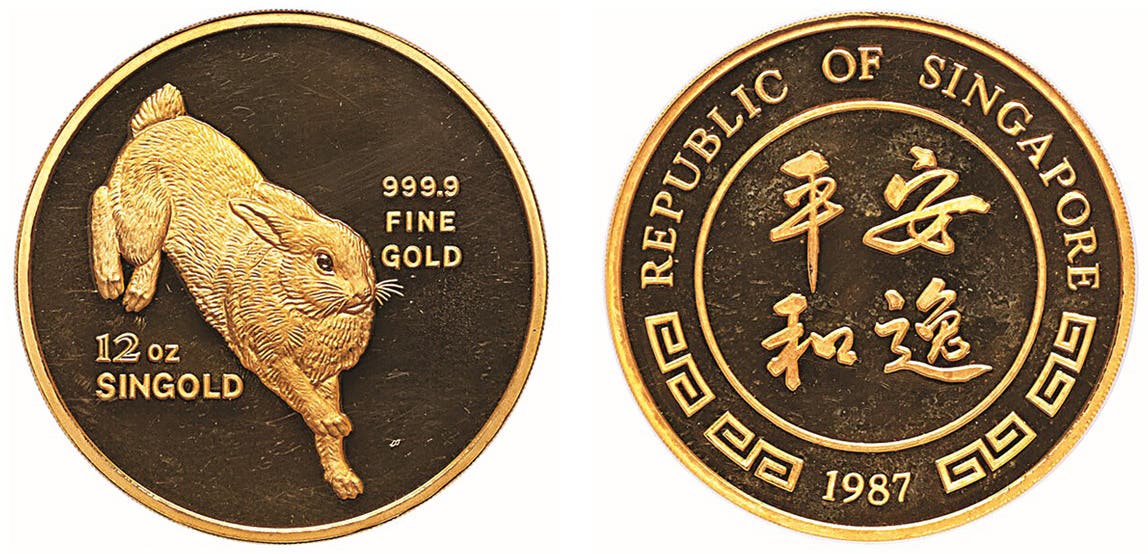Excitement Grows As Does Number of Rarities
Australia’s 1988 HH and 1989 HH $2 coins are among the many circulation finds fueling the domestic collecting market.
Coin collecting is alive and well in Australia, much of it due to the number of valuable coins that can be gleaned from circulation.
Reminiscent of the US 1909 Lincoln cents on which the initials of coin designer Victor D. Brenner appeared, then were later removed, are the 1988 HH and 1989 HH $2 coins. The initials of Royal Australian Mint Chief Engraver Horst Hahne appear at the bottom left-hand corner on the lower chest of the Indigenous man featured on the reverse.
While coin dealers have maintained coins with these initials are not scarce, reportedly having a mintage of more than 200 million pieces, this hasn’t stopped speculators and collectors from listing the coins for as high as $10,000 Australian (about $7,730 US) on eBay. At the time this article was being written, no one had satisfied the minimum bid eBay indicated a seller from Bathurst, New South Wales recently posted. This seller had a 100 percent positive feedback rating.
The 1988 HH and 1989 HH $2 coins have sold at other auctions where the coins have realized from between $5 to $20. Double rolls of the uncirculated coins have been priced at $175 (about $135 US).
Consider it to be irrational exuberance if you like, but the 1988 HH and 1989 HH $2 coins are only the tip of a numismatic iceberg of additional scarce coins that are currently in circulation in Australia. Adding fuel to this fire, TikTok user @TheHistoryOfMoney posts videos on which the owner of the account, Joelo, urges TikTok followers to “always check your change,” adding, “you could find some of Australia’s rarest coins.”
In one video, Joelo commented, “Take a note of these dates and go hunting,” highlighting things to watch for on coins that will make the coins have collectible valuable.
Australia’s $2 coin is the highest denomination coin in circulation. It was introduced in 1988 as a replacement for the bank note of the same value. All $2 coins are struck at the Royal Australian Mint in Canberra. Circulating commemorative $2 coins were first introduced in 2012 when slightly more than a half million color enhanced Remembrance Day ‘Red Poppy’ commemoratives were issued. In certain grades these coins command a premium “up to $145 [Australian, about $112 US],” according to Joelo.
Joelo notes the 2013 Queen Elizabeth II Coronation $2 has a mintage of under one million and is “worth up to $110.”
The TikTok poster also identifies the 2016 50th Anniversary of Decimalization $2 as having a mintage of about 2.9 million pieces and a value of “up to $10,” the 2019 Jody Clark portrait of Queen Elizabeth II $2 as having a mintage of 75,000 pieces (These coins have sold on eBay for nearly $200 Australian or about $155 US each) and helps identify an error variety of the 2020 Firefighter $2.
The 2020 Firefighter $2 is a color enhanced issue released in special packaging called Coin-in-Card. Some of the coins were issued with the flame color on the obverse rather than the reverse. Joelo comments, “Colors minted on the ‘heads’ side (have) been selling on eBay for up to $6000 [about $4,650 US].”
There have been additional error and variety coins found in circulation in Australia in recent years. Australia adopted a decimal currency system in 1966. The same year the 20-cent coin was identified to have been issued in four varieties. These are with a gap between the platypus head and swirl, without the gap, with a normal baseline, and wavy baseline. The wavy baseline variety has a significant premium value.
The authenticity of the 2007 ‘double headed’ 5-cent coin was first challenged, but later accepted as being genuine. A recent TikTok posting suggests the error coin is worth “up to $3,500 [about $2,700 US] in Uncirculated condition.”
Another error coin found in circulation in Australia is the 2000 Mule Dollar, a dollar coin on which the obverse meant for use on the 10-cent denomination was used by accident.
According to January 2, 2009 The Australian Coin Collecting Blog, “The smaller 10-cent die means that there is a large double rim around the obverse of the coin, this can be seen clearly in the image of the coin above. Because the smaller die was used, the obverse strike is often off center, and the double rim equally off center. The obverse of the coin is shifted toward the top of the coin. Mules with well centered obverse strikes tend to fetch more money than those like the coin above.”



